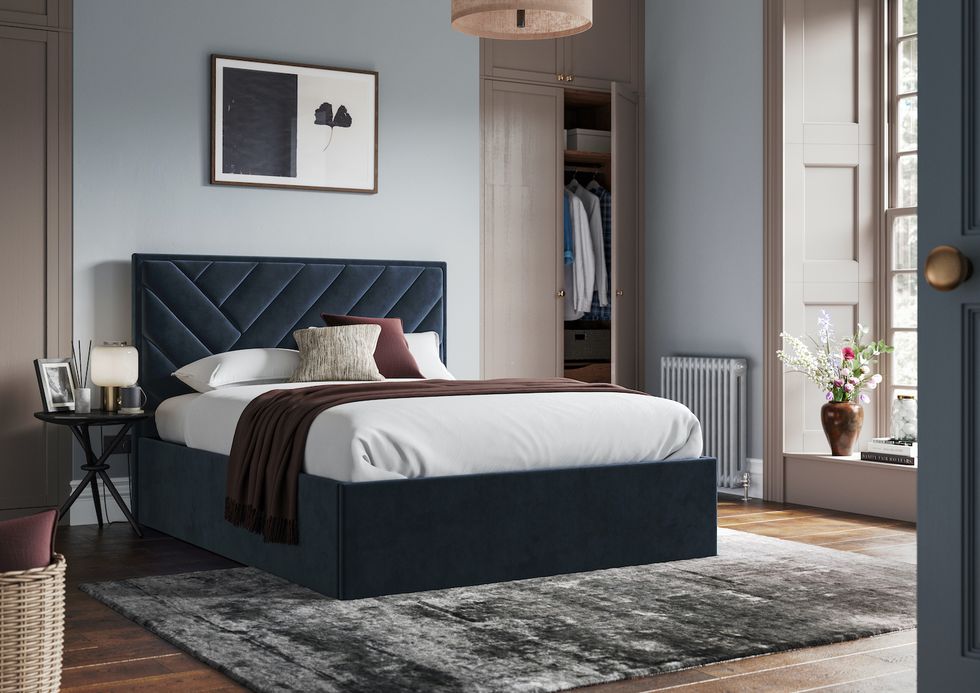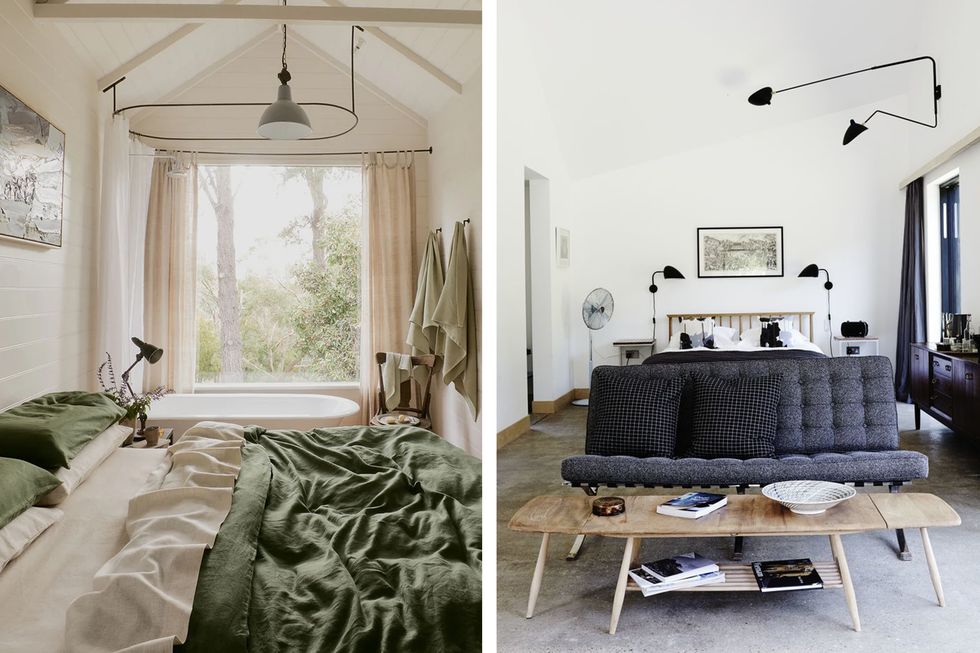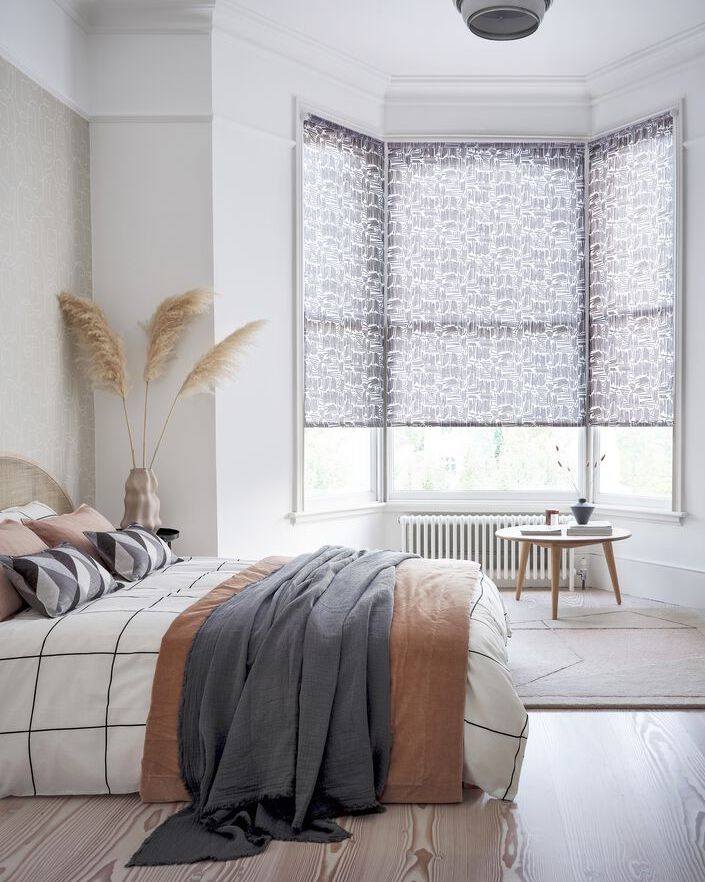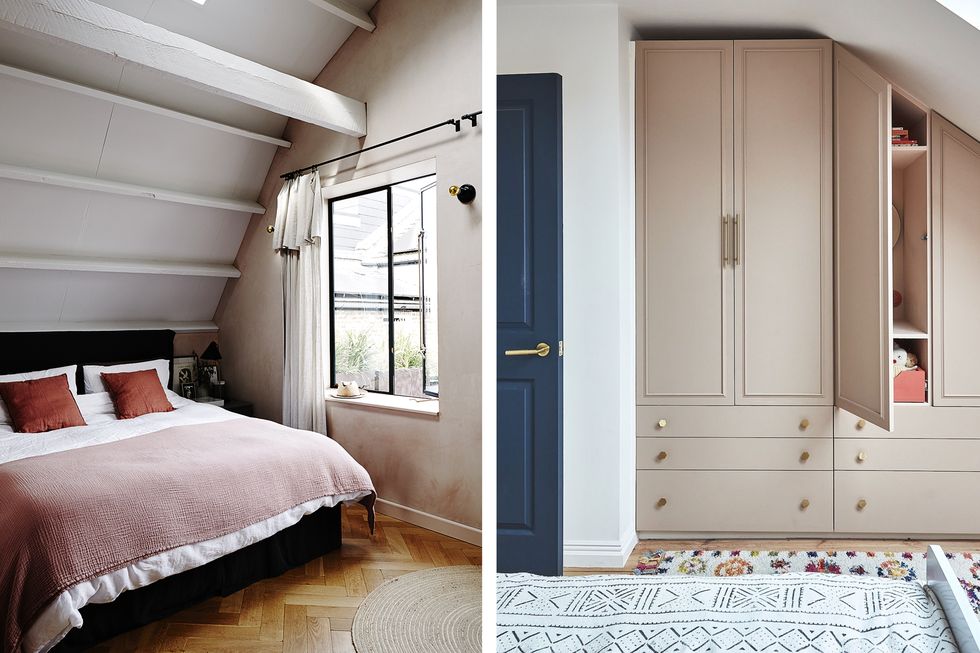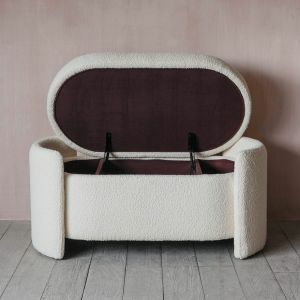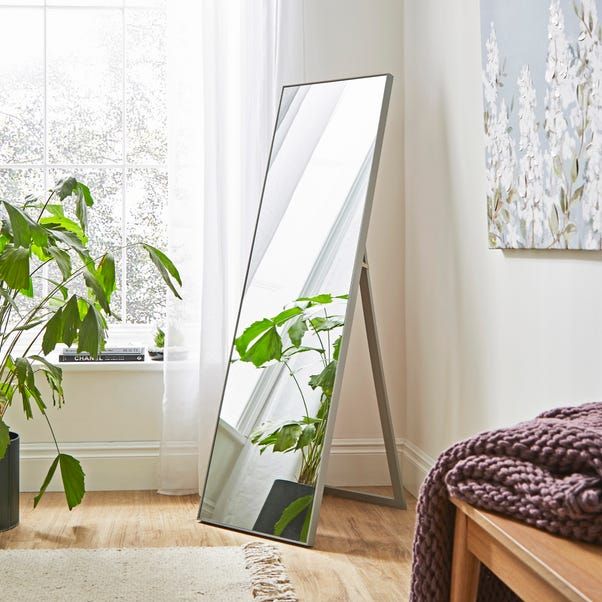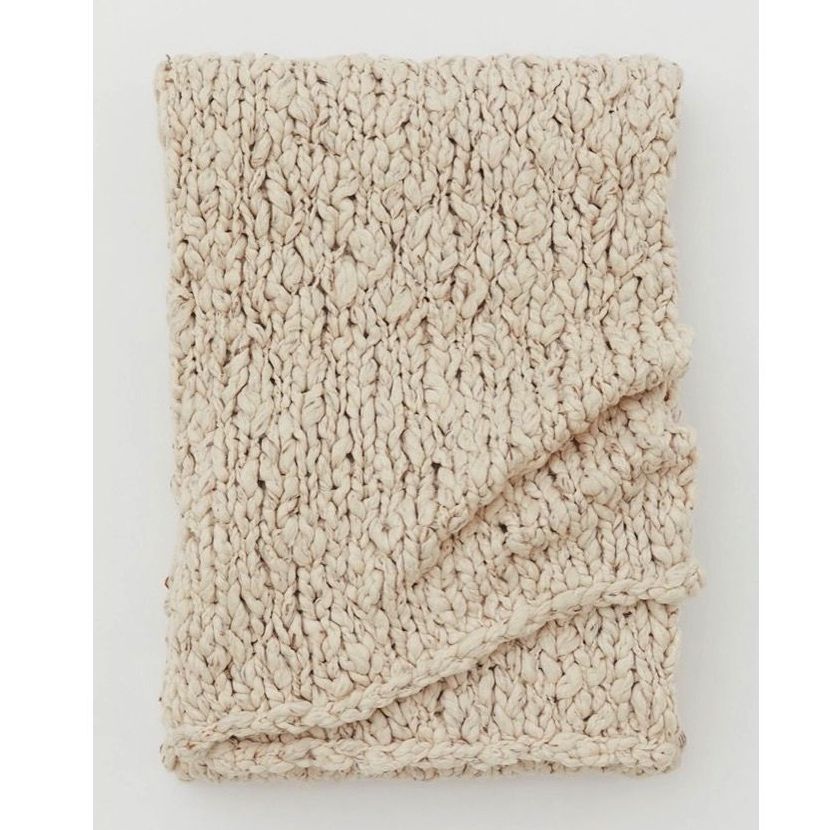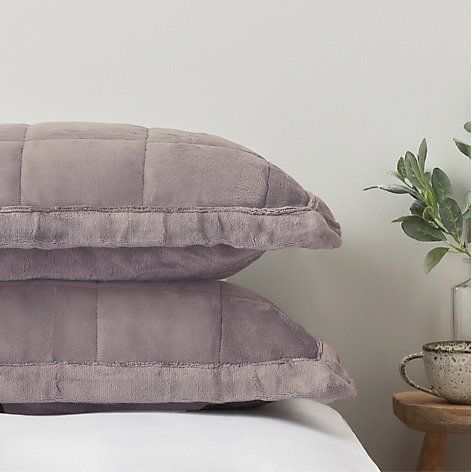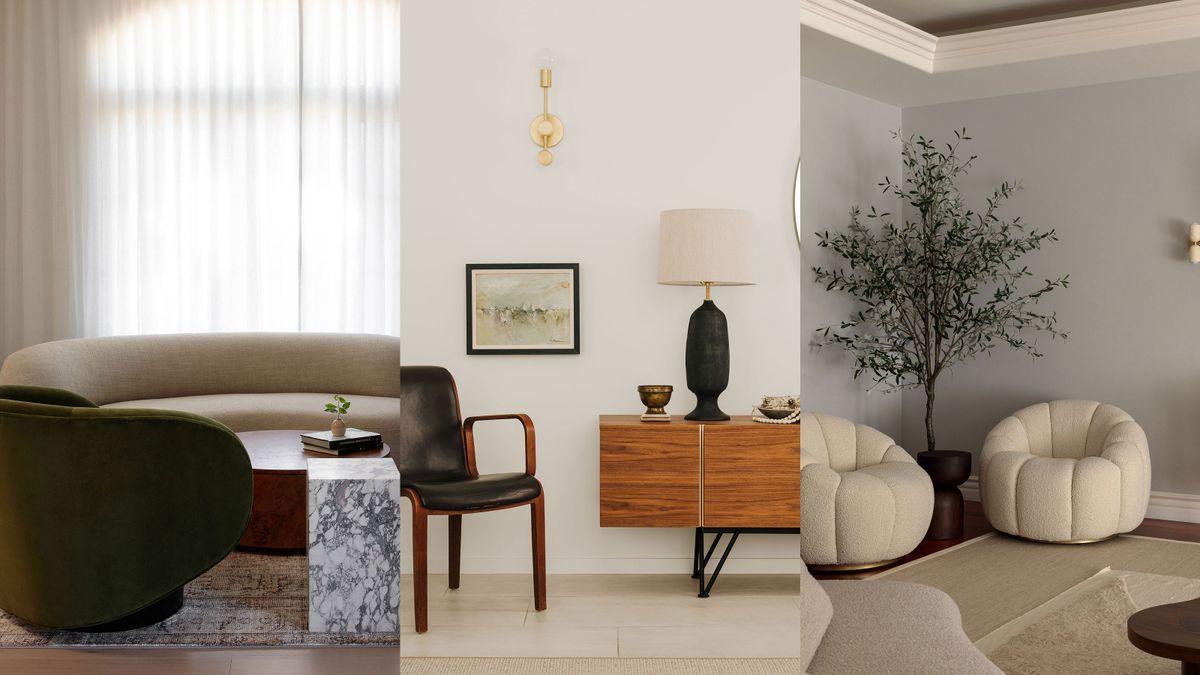Bedroom layouts can be very tricky. Your space should ideally balance a bed as a focal point alongside adequate storage and walkways to comfortably move around. It should be conducive to rest as well as providing enough space to get ready each day.
All of the above can throw up some design dilemmas if a bedroom room is particularly small, if it’s long and narrow, or if it has awkward elements like bay windows or a sloped ceiling.
Here we look at bedroom layout ideas for rooms large and small, with design notes to help you execute the look in your own home.
Square bedrooms
In principle, squares are the easiest shape to work with, as there are no awkward corners and you’ll have more choice when placing furniture.
You can usually create some nice symmetry by positioning your bed centrally against your longest wall and bookending with bedside tables. Equally, it’ll create a sense of balance if you place your bed opposite a focal point such as a fireplace or window.
Any recesses or alcoves create readymade storage areas. In lieu of that, if you’re including a run of fitted wardrobes along a single wall, bring in variety by including a section of open shelving, or even a built-in seat – sometimes a row of cupboard doors can look a bit imposing.
Design notes
- Tucking a bed against one wall may save you space, but blocking access to one side makes less sense in terms of the flow of your room.
- You can create a real feature of a bed positioned in the centre of your room by choosing a four-poster with awnings – more drama for the same footprint.
Long and narrow bedrooms
One of the best ways to break up a long and narrow bedroom is to place your bed in the centre, parallel to your shorter walls, and then build little pockets around it. One end of your narrow room could hold practical storage, or a dressing table and mirror, and the other could be a little more indulgent with a freestanding bath.
However, if your bedroom is so narrow that it can’t comfortably fit a bed positioned horizontally, then you have to be a bit more clever with your layout. In this instance it pays to place as much furniture as you can down the centre of your room.
One such sequence could be similar to what you see above right – a bed with a trunk or ottoman at its foot, a space for manoeuvring around, followed by a seating area and coffee table, or in very long bedrooms that could become a plasterboard partition hiding a walk-in wardrobe or ensuite.
Design notes
- A standard bedroom door projects 30 inches into your space when open – in a narrow bedroom, it might make more sense to install a sliding door.
- A narrow bedroom will usually have a compromised walkway either side of the bed, so prioritise wall-mounted features – wall lights, shelves, large mirrors – wherever possible.
Bedrooms with a bay window
If you’re lucky enough to have a bay window, maximise the focal point by positioning your bed centrally in the room, leaving the bay free for a window seat with useful storage underneath or to house a low table and chair. It’s a common error to cram a dressing table into the bay, but this can sacrifice natural light and obscure the window dressing.
If you have to place your bed in the bay, buy a low design or get a joiner to build a custom-made low-level MDF or wooden frame so you don’t block light.
Design notes
- A bedroom rug is usually placed under the bed, but using it in the footprint of a bay window can shift the focal point to the window and the view beyond.
- Bay windows increase natural light tenfold, so blackout blinds are a must.
Small bedrooms
In a small bedroom, there are compromises to be made, and in doing so, we would always recommend sacrificing furniture over flow. Clambering over a bed that’s too big or squeezing sideways past a wardrobe will become tiresome, but sacrificing bedside tables for small wall-mounted shelves, or keeping clothes in under bed storage, far less so.
Small bedrooms will usually benefit from bespoke solutions – cubbies or shelving that runs around the top of the room, integrated wardrobes if space permits, or a bespoke platform bed to fit perfectly under your window like the example above (note the extra storage underneath too). And furniture with dual purpose is essential – a chest of drawers next to your bed is both a bedside table and storage.
Design notes
- Mini wall-mounted shelves make a great alternative to bedside tables, and equally you can replace bedside lamps with wall lights.
- Much like its narrow counterpart, small bedrooms could benefit from a sliding door.
Sloped ceilings and attic bedrooms
A slanted ceiling will inevitably compromise the space available to you, but this can be optimised with fitted wardrobes. This fabulous blush pink example with stylish brass hardware is a feature unto itself.
A less obvious solution is to position your bed against your sloped ceiling – it could be a nice idea to tuck a bed under the eaves and hang a curtain to create a little nook.
Design notes
- Bedrooms with a sloped ceiling are really perfect for children’s beds, where you can create a safe, den-like feel.
Follow House Beautiful on TikTok and Instagram.

